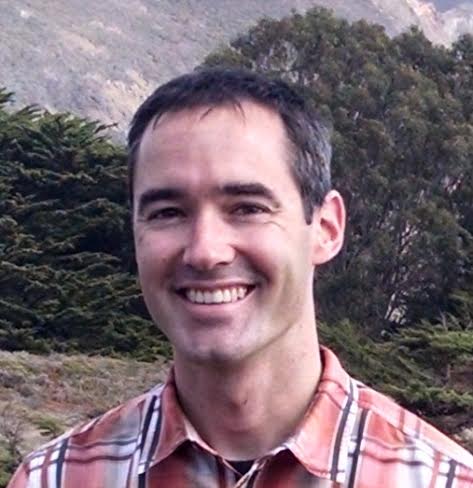Conservation Board Corner with Damon Lane
 We are lucky to live in a beautiful place, with nature accessible in open spaces within City limits and in wilderness not too far away. Our view to the west is of the wooded western shore of Lake Champlain and into the Adirondack Park, the largest publicly protected area in the contiguous United States and upwind from us in prevailing conditions.
We are lucky to live in a beautiful place, with nature accessible in open spaces within City limits and in wilderness not too far away. Our view to the west is of the wooded western shore of Lake Champlain and into the Adirondack Park, the largest publicly protected area in the contiguous United States and upwind from us in prevailing conditions.
This setting offers relatively good air quality for active outdoor activities, but our air does not meet standards for health. Our cars, trucks, and heating systems emit a mix of particulates and gases that harm us and the environment. Benzene is a poisonous gas that causes cancer and has been measured in Burlington at ten times the State limit.[1] Other pollution contributes to smog that hangs over valleys on cold still mornings and adds to haze in the summer. In the Eastern United States air pollution limits our average visibility to less than 1/3 of what it would be naturally![2]
Our personal decisions affect local air pollution as well as global climate change. From everyday choices on how to get to the trail head, to longer term, financially significant decisions about where we live and improvements to our homes, we contribute to the detriment or benefit of our environment.
Bicycles are a quick, healthy, and squeaky clean way to get around town. Estimated to get hundreds of miles per gallon of gasoline equivalent, they are the most efficient means of transportation known! And they are one of the lowest cost to buy and maintain, don’t cause traffic (until many more people ride), and can take you deep into the Intervale and other parks beyond the limits of cars.
Our home heating systems also contribute to air pollution, especially if we burn oil or have an old wood stove. New EPA-certified stoves and wood pellet boilers and furnaces are a cleaner way to use local fuel and send your energy dollars to Vermont’s working forests instead of to foreign oil fields. New cold climate heat pumps use electricity to pull heat from outdoor air as cold as -20°F and are extremely efficient at more moderate temperatures we see most of the winter. Heat pumps do not burn anything so they are safe and do not need a chimney, and the electricity that powers them is becoming more renewable every year.
Those of us that spend a lot of time outdoors are often the first ones to notice environmental issues and are strongly motivated to contribute to the solution. Take a step of two to reduce local air pollution and breath easier next time you are enjoying one of our urban wilds!
[1]Andy Potter, “Vermont Expands Benzene Study,” WCAX News, June 22, 2007, http://www.wcax.com/story/6698504/vermont-expands-benzene-study
[2]National Park Service, “Visibility and Haze,” https://www.nps.gov/shen/learn/nature/visibility_and_haze.htm
